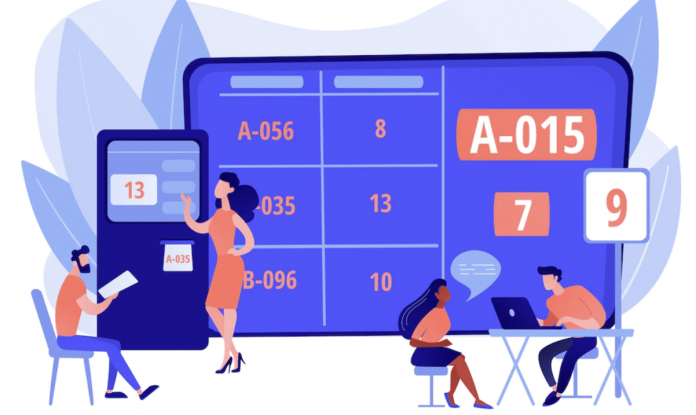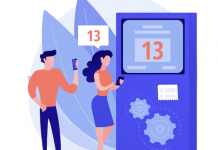Too often, people rely on out-of-date customer support ticketing structures, in which helpdesk administration, not customer satisfaction, defines how the problem-solver feels. Read on to know what is more important than just tickets!
What is more important than tickets?
Ticketing procedures provide many behind-the-scenes efficiencies, especially when dealing with complex inquiries. Still, if you want to display your customers your concern, they shouldn’t feel like they’re in line. Customer service should have a human touch. Every consumer should feel like they’re having a one-on-one conversation with a company rather than submitting a one-time support ticket that isn’t considered part of a more significant relationship that necessitates immediate, honest, personal, and proactive responses as a business.
We’ve put together a list of 10 best practices for conversations between a support representative and a customer to assist you in making your conversation assistance personal.
You and your customers are both humans. Act as if you’re one.
You must be approachable, natural, and genuine to the customers, which entails addressing customers by their first name, asking how they’re doing, or even commenting on anything unrelated to the issue at hand, such as the weather in their city.
The benefit of speaking in a human tone is that your customers will mimic your style. Be pleasant to your customers, and they will be friendly to you. Customers will feel freer to ask questions and return to your product if you maintain this tone, even after the issue has been handled. It also emphasises that you see this as a relationship rather than a help ticket that you want to close as soon as possible.
Consider the perspective of the customer and be proactive in your response.
When consumers ask a question, don’t just respond to their inquiry. Include responses to some of the expected follow-up inquiries ahead of time.
Personalise your reaction at all times.
Every support request is unique. Even if two consumers have the same concern, they require a personalised message. A prefabricated, generic response screams, “I don’t appreciate your business.” Save answers that are great whenever you see yourself responding to the same queries repeatedly. However, we always recommend tailoring them to the user and the situation.
Explain things in several different ways.
Different things strike different chords with other people. Prepare to express the same information in various methods, including a list, a gif, and a phone conversation. Regardless of how you choose to assist your consumers, make sure you show rather than tell. Like the one below, Simple GIFs are easy to create with tools like CloudApp and are a terrific way to demonstrate ‘how-tos’ in your product.
They are never to be blamed.
It’s always your fault if a customer can’t use the product you produced. Customers hire your product to execute a specific job, and you are responsible if it fails to deliver. You should apologise for the confusion, clarify what you think would be helpful, and ask for their feedback on improving it in the future. A poor customer service experience is defined by blaming the consumer.
Use emojis to communicate.
When communicating, Emojis and gifs are typically faster, richer, and more creative than words. They break down traditional ‘us vs them’ barriers and reinforce the sense that your consumers are talking with a genuine person, not a ticket-answering machine.
The exit by invitation
Always invite your clients to ask more questions at the end of support interactions and inquire if the issues they’ve contacted you about have been handled. Never make a customer believe that your next support ticket is more important than the rest. Remember that it will persist if you don’t hold a customer’s problem right away. You’re simply passing the buck to whoever solves the situation next time.
Become an expert on your product.
Your product knowledge goes stale faster than you realise when new features are added, or old ones are withdrawn. You should have a thorough understanding of how your product operates and what it could do. Every day, make use of your product. Don’t just assume a feature is operational and move on. It’s simple to direct clients to a knowledge base article, but it’s insufficient. Providing excellent assistance becomes a lot easier when you know your product inside and out.
Every discussion should aim for a conclusion.
Whether you’ve fixed the customer’s problem or not, resolving means the customer is happy. Don’t shy away from unpleasant conversations or refuse to say no without explanation. Accepting every request breeds distrust between clients and your company. When a consumer believes you’ve thought about their issue and given them honest feedback, you’ll get to a resolution much faster.
Don’t ever take anything for granted.
Don’t assume your customers are on par with you regarding technical knowledge. Never think they don’t know anything. Either approach can be arrogant or rude. Create a balance and respond appropriately.
Delayed, distant, and professional contact with customers is no longer acceptable. If you’re not thinking about moving to a unique approach, you can bet your competitors are. The days of getting by with hazard responses through your support ticketing system are long gone. There’s too much to lose if you don’t provide the most outstanding customer service possible.








